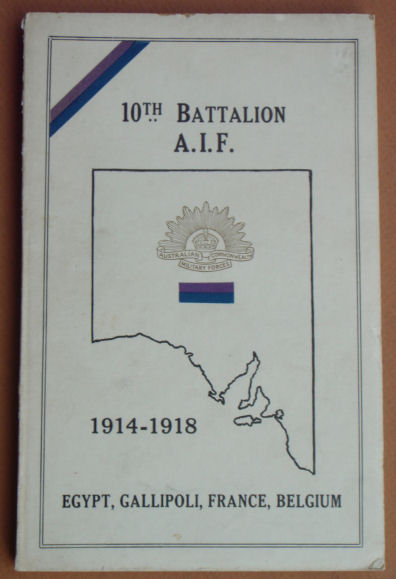Description
Title: The Fighting Thirteenth – History of the Thirteenth Battalion AIF
Author: White, Thomas A. (Thomas Alexander)
Condition: Near Mint
Edition: 2nd Edition
Publication Date: 1990
ISBN: N/A
Cover: Hard Cover without Dust Jacket – 168 pages
Comments: The detailed history of the Thirteenth Battalion AIF during World War One. Limited Edition of 200 copies.
The 13th Battalion AIF was raised from late September 1914, six weeks after the outbreak of the First World War. The battalion was recruited in New South Wales, and with the 14th, 15th and 16th Battalions formed the 4th Brigade, commanded by Colonel John Monash.
The Brigade embarked for overseas in late December. After a brief stop in Albany, Western Australia, it proceeded to Egypt, arriving in early February 1915. Australia already had an AIF division there, the 1st. When the 4th Brigade arrived in Egypt it became part of the New Zealand and Australian Division.
The 4th Brigade landed at ANZAC Cove late in the afternoon of 25 April 1915. From May to August, the battalion was heavily involved in establishing and defending the ANZAC front line. In August, the 4th Brigade attacked Hill 971. The hill was taken at great cost, although Turkish reinforcements forced the Australians to withdraw. The 13th also suffered casualties during the attack on Hill 60 on 27 August. The battalion served at ANZAC until the evacuation in December.
After the withdrawal from Gallipoli, the battalion returned to Egypt. While in Egypt the AIF was expanded and was reorganised. The 13th Battalion was split and provided experienced soldiers for the 45th Battalion. The 4th Brigade was combined with the 12th and 13th Brigades to form the 4th Australian Division.
In June 1916, the 13th sailed for France and the Western Front. From then until 1918, the battalion took part in bloody trench warfare. Its first major action in France was at Pozières in August. In February 1917, Captain W. H. Murray, who had transferred to the 13th from the 16th Battalion, earned the Victoria Cross for his actions during an attack near Gueudecourt. He became one of the most highly decorated officers in the AIF. The 13th Battalion, along with most of the 4th Brigade, suffered heavy losses at Bullecourt in April when the brigade attacked strong German positions without the promised tank support. The battalion spent much of the remainder of 1917 in Belgium advancing to the Hindenburg Line.
In March and April 1918, the battalion helped to stop the German spring offensive. It subsequently played a role in the great allied offensive of 1918, fighting near Amiens on 8 August 1918. This advance by British and empire troops was the greatest success in a single day on the Western Front, one that German General Erich Ludendorff described as “..the black day of the German Army in this war…”.
The 4th Brigade continued operations until late September 1918. On 18 September Maurice Buckley, serving as Sergeant Gerald Sexton, was awarded the Victoria Cross for valour near Le Verguier. At 11 am on 11 November 1918, the guns fell silent. In November 1918 members of the AIF began to return to Australia for demobilisation and discharge.



